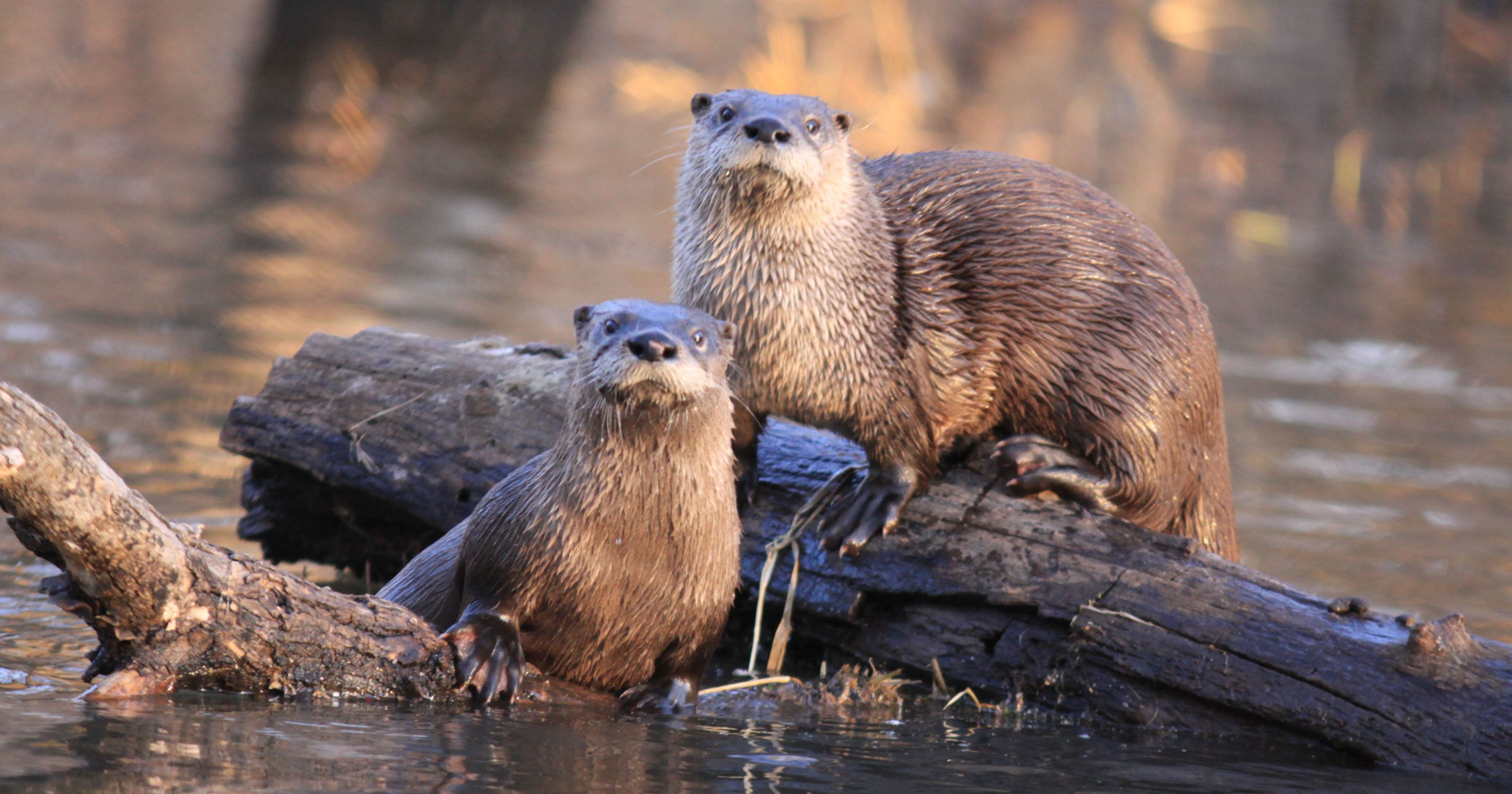Imagining River Otter: Freshwater Ecology

River Otter (absent), Beaver, Walleye (absent), White Water Lily, Marsh Marigold, and Sedges
Many areas of eastern New York are home to the river otter, which inhabits interior lakes, rivers, ponds, streams, and wetlands in the region. Unfortunately, excessive habitat destruction and water pollution have threatened this species. River otters are very sensitive to biomagnification, a process through which pollutants build up in an ecosystem. These pollutants work their way up the food chain to eventually dangerous levels, threatening the health of species that are at the top of the food chain. Because of this, the presence of river otters is considered an indicator of clean water. Extending the range of river otters by maintaining their habitats and cleaning up waterways will help ensure safer water not only for otters, but for human use as well. Beavers, the New York State mammal, often provide habitat to otters by damming streams to form extensive water systems, which also attract a variety of fish species. One such fish is the walleye. Walleye is a popular gamefish in Upstate New York, providing recreational opportunities and local food for many people in the area. Decreasing hunting of both beavers and otters ensures more robust freshwater ecosystems and healthier fish populations, which benefits people as well.
Composition installed and designed by: Claudia Buszta, Elise Kennedy, Madeleine Simon, Joanna Rodriguez, Lily Ye
My name is Claudia Buszta, and I am an Environmental Geography major. I am working this year with Professor Haughwout on the 6th E Street project to illustrate how different organisms relate to each other within their ecological communities. Our focus is on regional ecosystems in New York State, identifying how native species interact with human activity. These summaries are meant to accompany the visualizations of the ecologies within the tunnels.